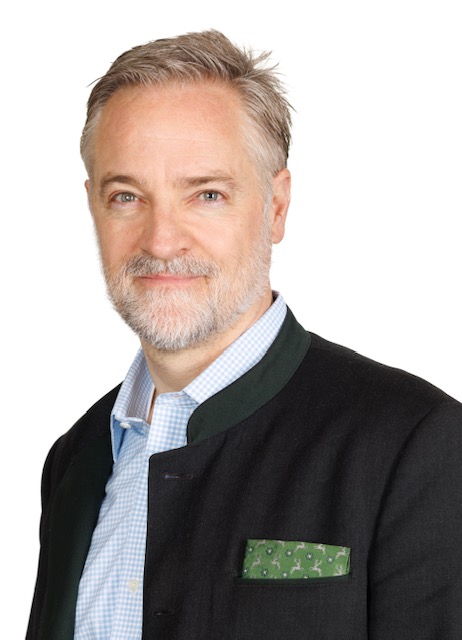Millions of Ukrainian refugees are seeking sanctuary in European nations as the war rages on into its second month. The impact this will have on these refugees includes long-term instability in education and mental health.
 Bernhard Streitwieser is an Associate Professor of International Education & International Affairs; Director, International Education Program; Co-Chair, UNESCO Chair in International Education for Development; and Director, Refugee Educational Advancement Laboratory (REAL). His areas of expertise include refugees and education and international higher education.
Bernhard Streitwieser is an Associate Professor of International Education & International Affairs; Director, International Education Program; Co-Chair, UNESCO Chair in International Education for Development; and Director, Refugee Educational Advancement Laboratory (REAL). His areas of expertise include refugees and education and international higher education.
Dr. Streitwieser’s research looks comparatively at the impact of globalization on the internationalization of higher education. He has three main focus areas:
- Integration: research on the integration of migrants and refugees into higher education, with a geographic focus on Europe (Germany) and the United States
- Internationalization & Mobility: research on study abroad, international student exchange, and the professional identity of ‘scholar-practitioners’ managing international education
- Competition: research on international branch campuses and education hubs
He offered the below on this issue.
“Were it not for color photography and the ubiquitous presence of social media, the weary faces of refugees currently streaming out of Ukraine toward Western Europe obscure the fact that World War II in Europe ended in 1945. Over the past month since Russia’s invasion of Ukraine, more than at any time in recent memory the media and the world’s popular consciousness has again become sharply focused on the calamity of human displacement. This is a good thing, but how long will it last? Despite a steam of unabated mass migration movements that have taken place over the past 75 years—from post-World War II Germany, to Israel and Palestine, through the Vietnam War, to the Soviet invasion of Afghanistan and most recently the Taliban’s resurgence, to the Rohingya in Myanmar, to Uyghur and other displaced populations in China, to the Venezuelan diaspora throughout Latin America, to Central Americans on the Mexico-US border, and now to the Ukraine crisis—preventable tragedies causing refugee movements are only getting worse. Whether caused by war; ethnic, sectarian, or religious strife; ecological disasters; or other factors, we see no relief. As with every other aspect of life, when displacement happens, education is badly disrupted. Taking Ukraine as just one case, in less than five weeks over 10 million Ukrainians have become internally displaced, four million have become refugees, and half of those are children. According to the United Nations High Commissioner for Refugees (UNHCR), although 42% of globally displaced are children, only 34% will find their way back into secondary education and less than 5% will make it into higher education. Although global agencies like the UNHCR, the International Rescue Committee (IRC), the Red Cross, Doctors Without Border, Save the Children and other local, national and international relief organizations act as first responders, making a dent takes concerted action by political leaders, by civil society actors, and most importantly by individuals who care enough to try to make a difference. While throughout the world there are discernible efforts to help refugees regain educational opportunity, enormous obstacles continue to challenge us.”
If you are looking for context on this matter or would like to speak with Professor Streitwieser, please contact GW Media Relations at GWMedia gwu [dot] edu or 202-994-6460.
gwu [dot] edu or 202-994-6460.

